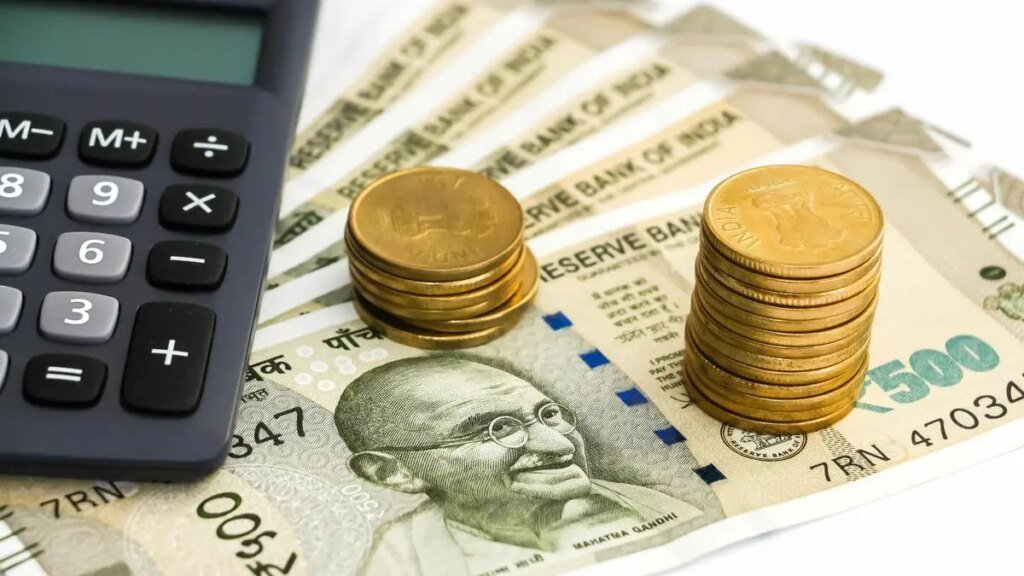Gold price rally fuelled Indian households’ net worth to Rs 3.24 trillion: Report


Indian households collectively own about 24,000 tonnes of gold, accounting for 11% of the world’s gold reserves held in the form of jewellery.
| Photo Credit:
Arun Sharma
The doubling of gold prices recently has substantially boosted the net worth of Indian households to around Rs 3.24 trillion, according to a report by Systematix Research. The report highlighted that the increase represents a 100 per cent rise in gold prices since 2024, highlighting the significant role of gold in household wealth across the country.
It stated, “The doubling of traded gold prices would have increased their net worth to INR 3.24 trillion.”
The report noted that the magnitude of this effect is considerable, as Indian households collectively own about 24,000 tonnes of gold, accounting for 11 per cent of the world’s gold reserves held in the form of jewellery.
With the doubling of traded gold prices, the overall household net worth has seen a dramatic increase to Rs 3.24 trillion. However, despite this sharp rise in household wealth, the report observed that the impact on real consumption has been minimal. Stating the empirical estimates of household real consumption between 2008 and 2019, which suggest that the net-worth effect from rising gold prices has little to no influence on actual spending behaviour.
The report pointed out that real income remains the primary driver of consumption growth. For every 100 basis point increase in real income, consumption tends to rise by about 65 basis points. In contrast, the effect of real returns from assets such as equity or gold on consumption is negative, with an elasticity of -0.02, which is statistically insignificant.
The limited impact of the increase in net worth from gold prices can be explained by several factors. First, rural households, which hold a significant share of gold assets, spend a larger portion of their income on consumption. When real incomes decline, it outweighs any notional gains from higher gold values unless the gold is actually sold. Second, the strong rural tendency to invest in gold means that steep price increases can squeeze consumption rather than boost it. Third, rising gold prices may encourage households or small businesses to divert money toward gold trading for short-term gains, reducing funds available for productive activities.
As gold is often treated as a contingency asset, higher prices may enable households to access more gold loans to cushion income distress.
Published on October 28, 2025



